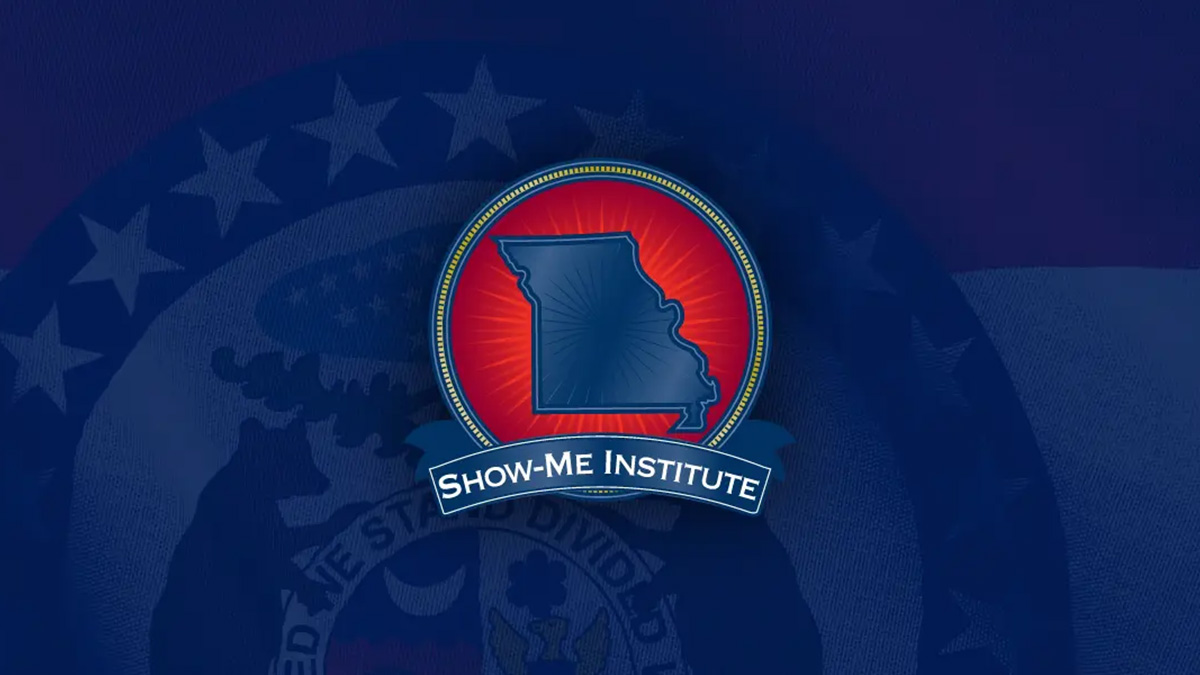The Loopy Rationale For A Loop Trolley
If you want to travel from the Loop to Forest Park in Saint Louis, there is no shortage of options: You can walk, bike, drive, take the bus, or ride the Metrolink. As if that were not enough, government planners, who are more than happy to spend your tax money for services you never even thought you needed, have dreamt up yet another alternative.
The Federal Transit Administration recently approved a $25 million grant to develop a trolley system running from the Missouri History Museum in Forest Park to the University City Library on Delmar, a distance of 2.2 miles. The total construction cost will reach close to $45 million — almost $20 million per mile of track. Private donations will pay for just a small portion (less than 12 percent) of this exorbitant cost; taxpayers will finance most of the project’s construction and operational costs. Local sales taxes, federal grants, and rider fares will pay for the trolley. However, fares will only cover 30 percent of annual costs. A meager 6 percent will come from advertising and sponsorship from private funds, with sales taxes funding 64 percent.
What is wrong with simply expanding bus service, which could be done at a tiny fraction of the cost? The government estimated rubber tire trolley (buses disguised as trolleys) capital costs to be $4.5 million, about 10 percent of the cost to build a fixed track trolley. Expanding bus service, without purchasing new buses that look like trolleys, would cost even less to start up and maintain.
Believe it or not, a 2011 environmental assessment explained that a fixed track system was chosen not just in spite of, but because of, the high cost, which supposedly proves the government’s commitment to revitalizing the area. According to the report that the Federal Transit Administration and the East-West Gateway Council of Governments prepared, a rail system “cannot be removed without substantial expense and time,” whereas rubber tire options “can be cancelled or rerouted with little expense or effort.” By this logic, the planners of the system are bound to create a white elephant — defined as a burdensome possession whose cost is out of proportion to its usefulness or worth.
There is no evidence to suggest that building a streetcar along Delmar will result in an economic windfall to the area. The plan’s proponents have not presented any kind of cost-benefit analysis to the public.
Proponents of the Loop Trolley like to throw around the term “economic development” as if it is an automatic result of spending lots of money. They assume that the creation of a streetcar will magically revitalize the less desirable areas of the neighborhood between the Loop and Forest Park. If that is the case, then why is it so difficult to obtain private financing for this system? Many of the trolley’s supporters are Loop business owners. If they believe in the project so strongly, why don’t they fund it? Instead, government is using money that could otherwise be spent on education or public safety — or remain in taxpayers’ pockets.
Supporters of the Loop Trolley may point to other streetcar projects, such as the one in Portland, Ore., as purported evidence that the Trolley will generate millions of dollars of economic development. What they do not mention, however, is the hundreds of millions of dollars of infrastructure subsidies, tax breaks, and other incentives Portland gave to developers to entice them to build in the streetcar corridor. Former Portland Transportation Commissioner Charlie Hales even admitted that rail transit alone will not stimulate development along transit corridors.
Saint Louis does not need another white elephant conjured up through the misdirection of taxpayer money.
Kacie Galbraith is a research assistant at the Show-Me Institute, which promotes market solutions for Missouri public policy.


